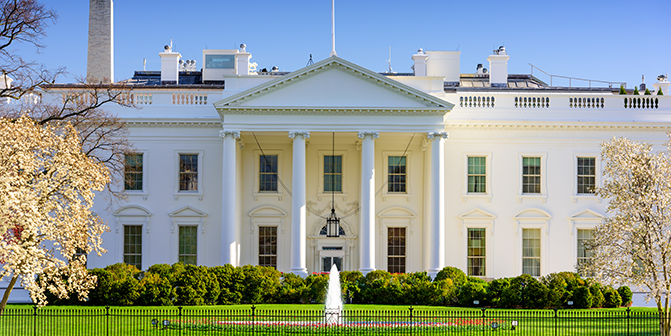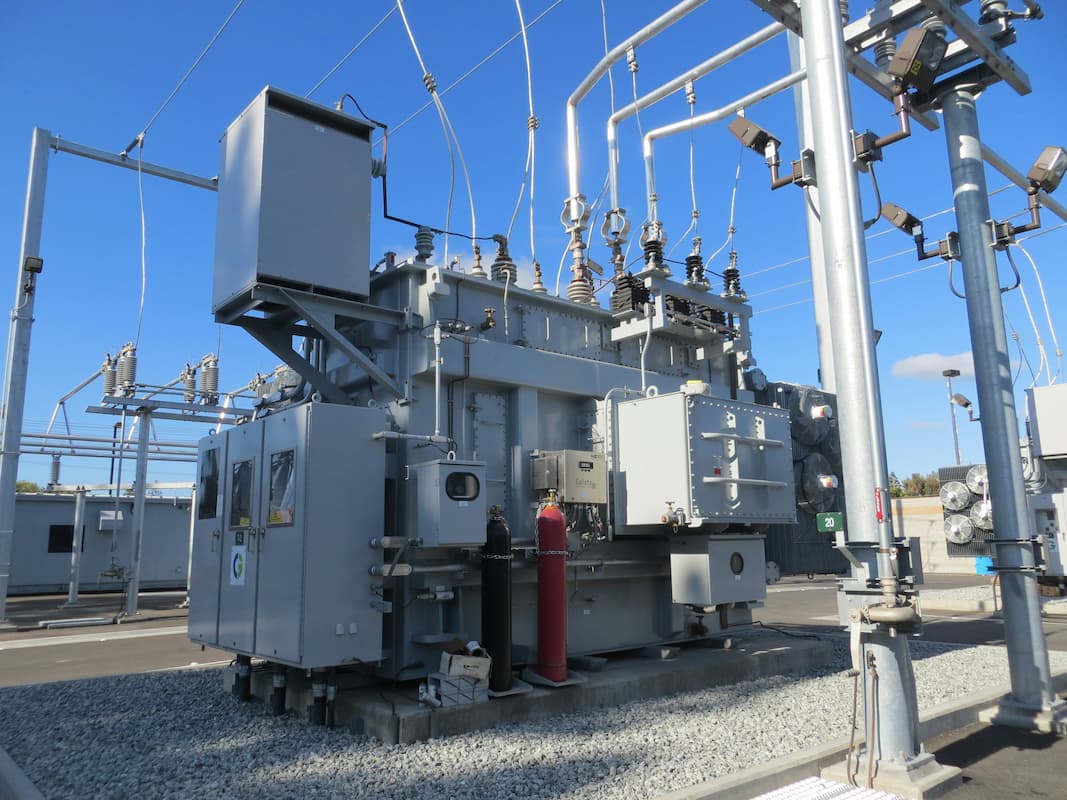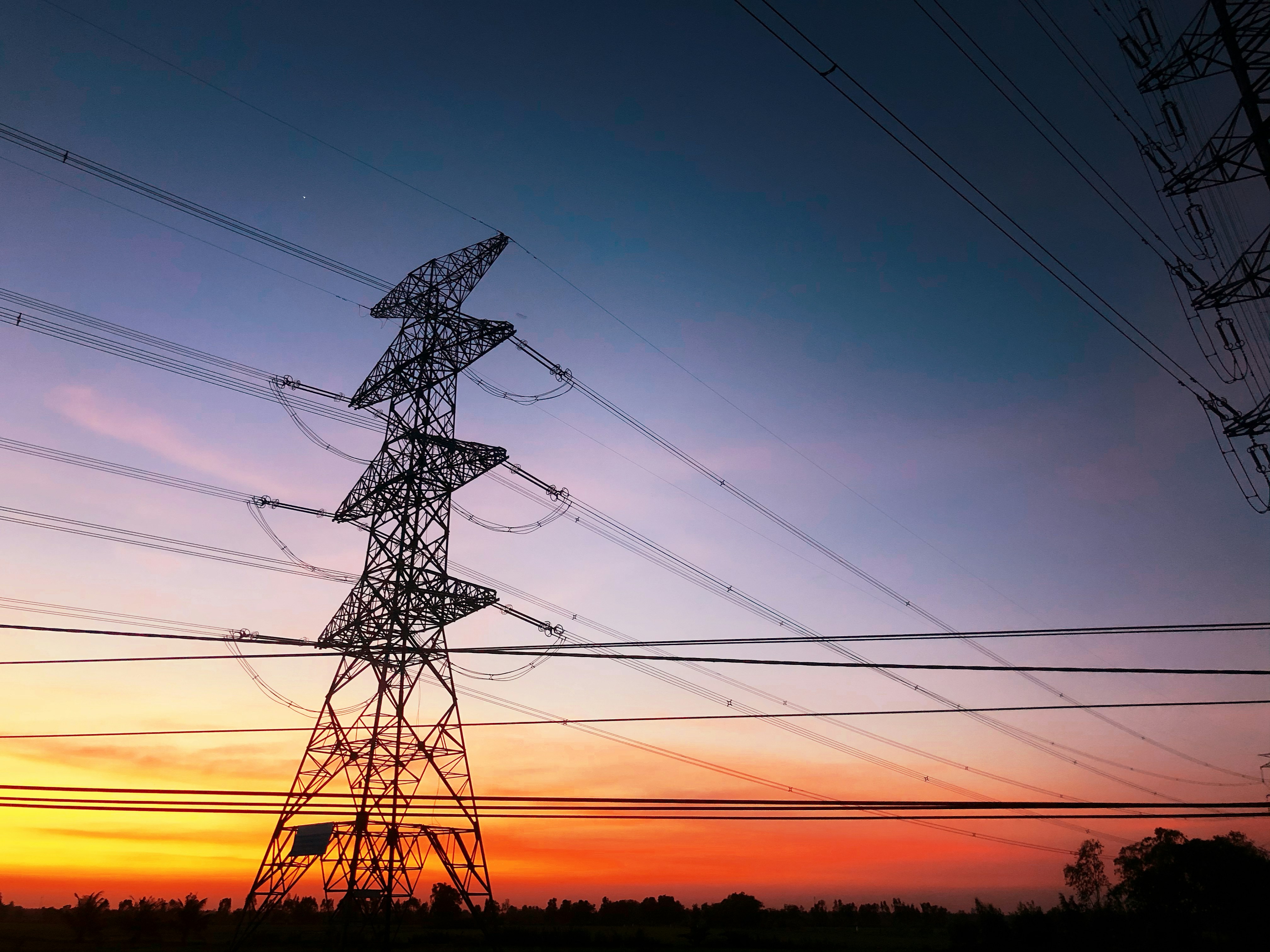The Next Decade of Energy-Efficient Buildings: Hillary Clinton’s Plan for Advanced Buildings
Let's Save Energy
Alliance to Save Energy's Blog

This blog is the latest in a series covering 2016 presidential candidate leadership on energy efficiency. See previous posts in the series:
- What Can The Next U.S. President Do For Energy Efficiency?
- GOP Presidential Debate: Energy Efficiency Wish List
- Democratic Presidential Debate: Energy Productivity Wish List
###
Buildings account for approximately 40 percent of U.S. energy use, signaling significant opportunities to reduce energy and cost savings for businesses and consumers. Throughout the 2016 presidential race, we have been encouraged by candidates on both sides of the aisle who have recognized that energy efficiency can provide energy and cost savings for businesses and consumers, greater national security, and a cleaner environment.
We welcome additional ideas for strategies that will modernize America’s energy economy from presidential candidates in both parties. Below, we outline proposed building energy efficiency policies from U.S. presidential candidate Hillary Clinton.
Clinton’s Energy Efficiency Proposal for Advanced Buildings
Recently, Hillary Clinton unveiled her policy strategy for advancing building energy efficiency with a proposal entitled “Hillary Clinton’s Plan for Advanced Buildings: Creating Jobs, Reducing Pollution and Saving Americans Money.” An important leading element of Clinton’s Clean Energy Challenge proposal to tackle climate change and modernize America’s energy infrastructure, Clinton’s Advanced Buildings plan sets a goal to “cut energy waste in American homes, schools, stores, municipal buildings, hospitals and offices by a third within ten years of taking office.” This energy saving strategy allows Americans to “do more using less”, to use a familiar phrase, and we encourage all presidential candidates to provide ambitious strategies and policy proposals that will save American households and businesses energy costs and savings.
According to Clinton’s Advanced Buildings energy efficiency proposal, her ten-year plan will:
- Reduce annual energy costs for American households and businesses by more than $70 billion, or $600 for the average household.
- Save American taxpayers more than $8 billion a year by reducing energy costs in public buildings and lowering healthcare and educational costs through efficiency improvements in hospitals, colleges and universities.
- Create good-paying jobs and careers in construction, design, engineering, manufacturing and building operations.
- Make American businesses more competitive by lowering energy costs and raising workplace productivity.
How Clinton’s Proposals Would Advance U.S. Energy Efficiency Policy
Clinton’s plan focuses on three main avenues to achieve these impressive energy and cost savings results:
- Giving households and businesses the information they need. Clinton’s plan concentrates on strengthening building energy codes, providing improved benchmarking and transparency, focusing on energy-efficient mortgages and broadening effective appliance labels and standards.
- Supporting states, cities and rural communities that take the lead. Clinton’s plan emphasizes cutting red tape, encouraging business model innovation, unlocking private capital, adopting and enforcing advanced building energy codes, and reducing low-income energy bills.
- Creating jobs and saving money through better schools, hospitals and public buildings. Clinton’s plan endeavors to save American taxpayers money through better public buildings, encourage schools and hospitals to be more energy-efficient, and prepare a more energy-efficient American workforce.
Leading the Way to a Modern American Energy Economy
The Alliance to Save Energy encourages all remaining presidential candidates to provide specifics on their energy platforms, and looks forward to working with the Republican and Democratic nominees to ensure that energy efficiency is a cornerstone of energy policy platforms. The 54 recommendations gathered within the Roadmap to Doubling America’s Energy Productivity, developed by the Alliance to Save Energy along with partners that include the U.S. Department of Energy, can help further develop strong policy proposals.
As energy efficiency is the most cost-effective energy resource available, contributing to major energy, economic and environmental benefits, American taxpayers and businesses will benefit strongly from advancing efficiency policies and programs. This is something we can all agree on.
###
Founded in 1977, the Alliance to Save Energy is a bipartisan coalition of prominent business, government, environmental and consumer leaders who promote the efficient and clean use of energy worldwide to benefit consumers, the environment, economy and national security.
RECENT BLOG POSTS
STAY EMPOWERED
Help the Alliance advocate for policies to use energy more efficiently – supporting job creation, reduced emissions, and lower costs. Contact your member of Congress.
Energy efficiency is smart, nonpartisan, and practical. So are we. Our strength comes from an unparalleled group of Alliance Associates working collaboratively under the Alliance umbrella to pave the way for energy efficiency gains.
The power of efficiency is in your hands. Supporting the Alliance means supporting a vision for using energy more productively to achieve economic growth, a cleaner environment, and greater energy security, affordability, and reliability.



